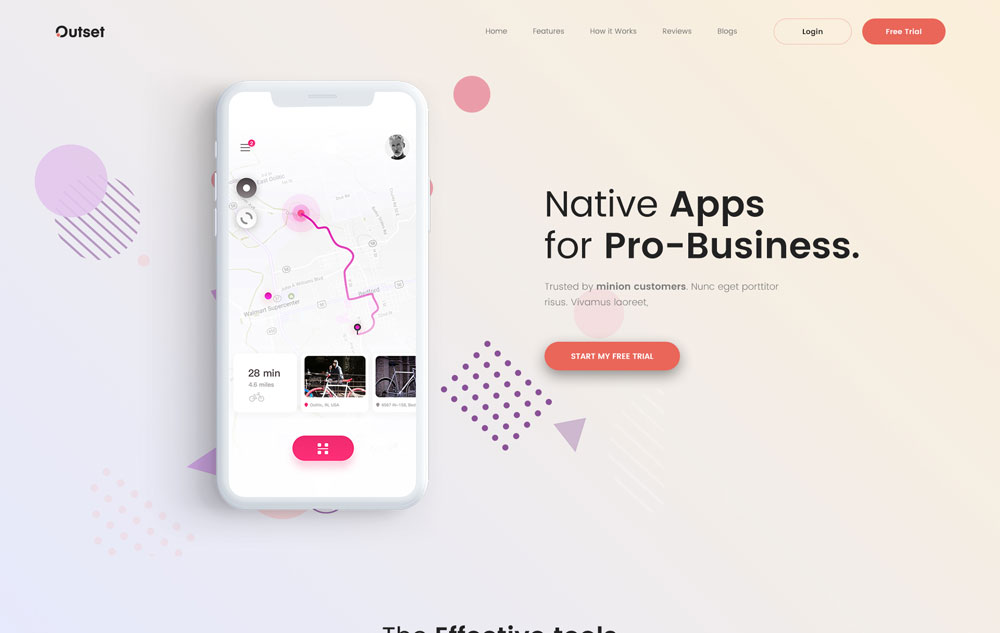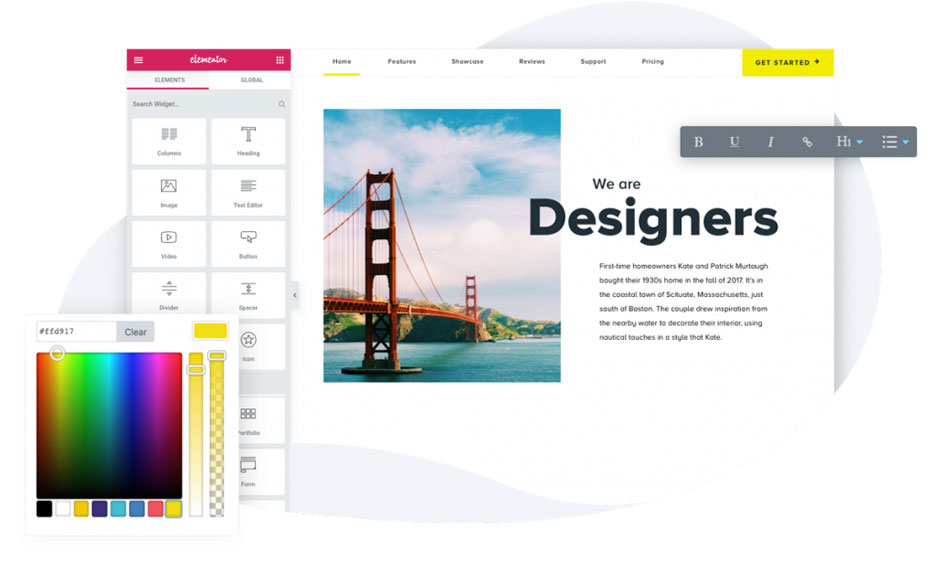Books didn’t always have title pages! The title page only developed gradually over the 15th and 16th centuries. Before that time, different methods were used to announce the author(s), title, edition, place of publication, printer, publisher and publication date.
Newsletter
Get our latest news right in your mailbox











